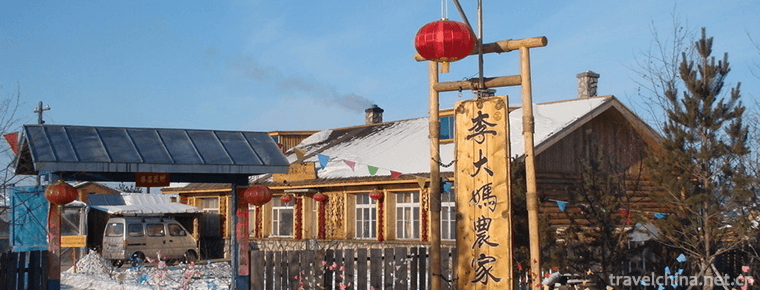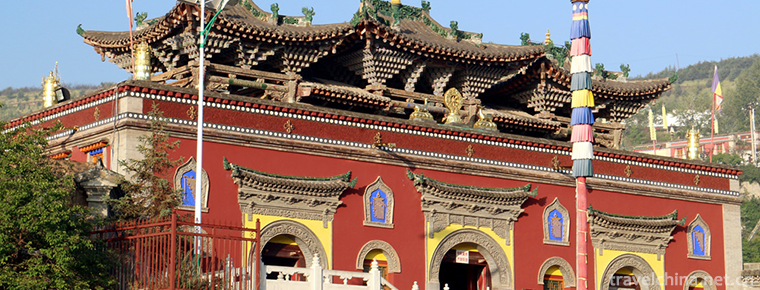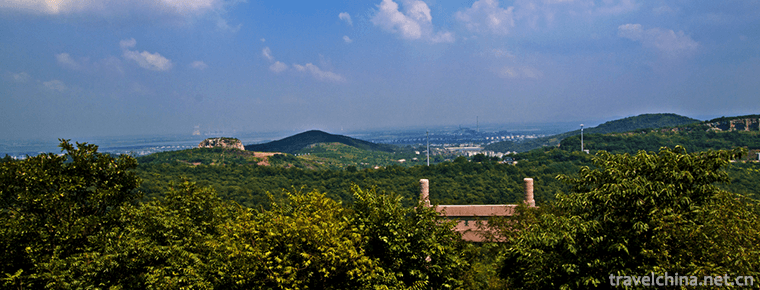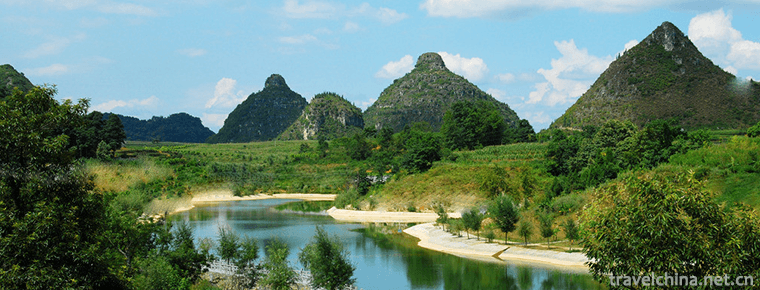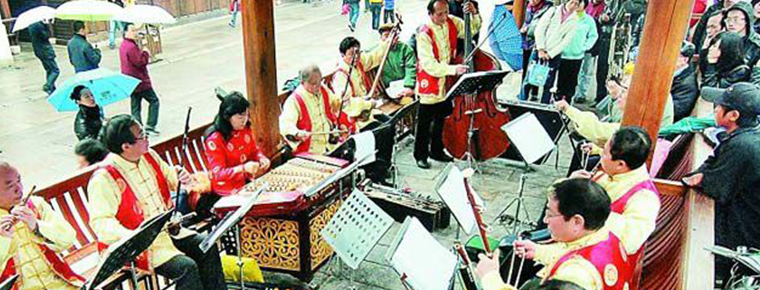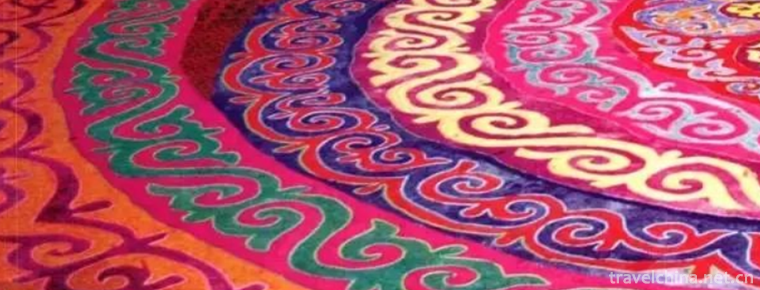Music dance
Music dance
Musical dance is popular on the South Bank of the Red River, so it is also known as "Jiangwai" Yi dance. The Yi language is called "Zai Bi", which means jumping up in pairs. The local Han people call this dance "Longzheng", which is also considered a joyous action, so it is also called "music". Musical dance is quite similar to dragonfly dance, so there is also called "dragonfly dance".
On June 7, 2008, the music and dance declared by Honghe County of Yunnan Province was listed in the second batch of national intangible cultural heritage list with the approval of the State Council.
historical origin
This is a kind of traditional self-entertainment group dance. Men can dance from young to old. Women can't dance after they become mothers. "Music" is one of the main entertainment activities for young men and women, so they can jump at any time. In traditional Yi programs, such as Lunar New Year's Eve on December 30 and Torch Festival on June 24, they often have to jump for several days; in wedding, funeral and sacrificial activities, they must also jump.
artistic characteristics
Music and dance is a form of singing and dancing, which is closely combined with instrumental music and dance. There is no limit to the number of people participating in the dance. Most of them are in double numbers around the circle. When dancing, there is a certain procedure. Before dancing, it begins with Lyric singing, accompanied by a band. The band members do not participate in the dance, but shake their bodies with the accompaniment's rhythm and help them to enjoy themselves with a high voice.
The dance is gentle and light, knee flexion and elasticity, dancing arms and dragonflies flapping wings, graceful posture, rich characteristics. Dancers sing while dancing, sometimes clap their hands, wear each other when they are intense; stop, move, and turn around. Graphics are basically circles, sometimes interlaced with each other, sometimes turning around and turning around. When we are happy, we still sing the song "Thiazide, Thiazide, Thiazide".
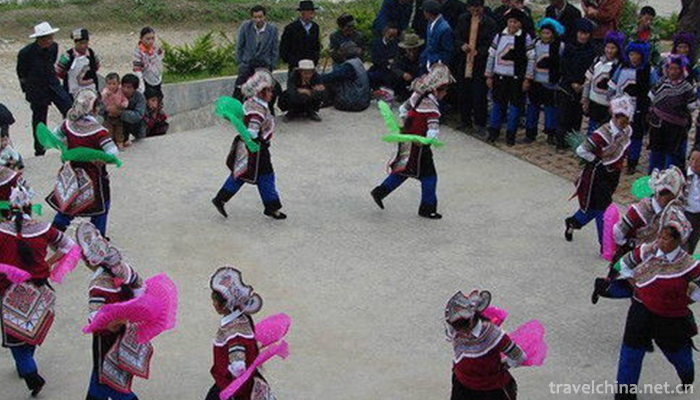
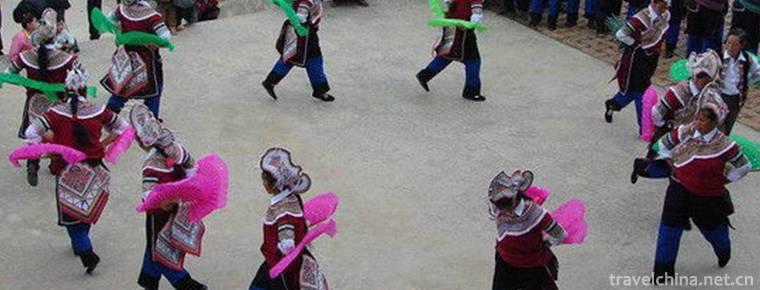
Music dance
-
Arctic Village Tourism Scenic Area
Arctic Village Tourist Scenic Spot: National AAAAA Class Tourist Spot, the most attractive scenic spot in 2014, and the northernmost scenic spot in China.
Views: 271 Time 2018-12-05 -
Taer Temple Scenic Area Xining City
Tar Temple, also known as Tar Temple, was founded in the 10th year of Hongwu Ming Dynasty (1377). Named after the Great Silver Pagoda built in memory of Zongkaba, the founder of the Yellow Religion
Views: 151 Time 2018-12-12 -
Mandarin Oriental Hotel Guangzhou
Wenhua Oriental Hotel is located in Tianhe District of Guangzhou, which belongs to Wenhua Oriental Hotel Group. It is a five-star hotel. The hotel has 233 rooms and 30 suites, and 24 hotel-style servi
Views: 233 Time 2018-12-16 -
Bagong Mountain Tourist Scenic Area
Since 2001, Bagongshan Scenic Area has listed Bagongshan National Geopark, Bagongshan National Forest Park and Bagongshan National AAAA Tourist Area successively. Bagong Mountain is a famous historica
Views: 171 Time 2018-12-23 -
Shuangrufeng Scenic Area
Guizhou Shuangrufeng Scenic Area is located in Zhenfeng County, Guizhou Province. It is 9 kilometers away from the county town and on the main road of Zhenfeng-Guiyang
Views: 205 Time 2019-02-08 -
The Dai Garden of Xishuangbanna
The Dai Garden is called Xishuangbanna Dai Garden. Located in Xishuangbanna Olive Dam, Yunnan Province, China. There are five Dai Natural Villages with the best preservation in China
Views: 192 Time 2019-02-25 -
Song of Sichuan river
Chuanjiang chant is a kind of traditional folk singing form that the shipworkers in Chuanjiang valley of Sichuan and Chongqing area lead the singing by the trumpeters for unified movement and rhythm
Views: 176 Time 2019-04-19 -
Ten times of music
Shifan music is a traditional instrumental music spread by Hakkas in Fuzhou and Western Fujian Province. It has been circulated since the middle of Daoguang in the Qing Dynasty. The origin of Shifan m
Views: 334 Time 2019-06-15 -
Weaving and Dyeing Techniques of Uygur Felts and Printed Fabrics
Uygur felt, printing and dyeing technology, Xinjiang Uygur Autonomous Region Turpan (now Turpan) local traditional skills, one of the national intangible cultural heritage.
Views: 326 Time 2019-06-26 -
Mount Fulai
Mount Fulai is one of the top 40 tourist attractions in China. It is 27 kilometers away from Shunan Bamboo Sea central scenic spot and 10 kilometers away from qidonggou, a 4A tourist attraction. It is composed of more than 80 hills.
Views: 180 Time 2020-10-16 -
Batang Tuanjie steamed stuffed bun
The Tuanjie steamed bun was not invented by the 18th army when it entered Batang. In the old days, Tuanjie steamed bun, to be exact, was made by Batang ancestors hundreds of years ago. Moreover, it has been handed down to the present day.
Views: 250 Time 2020-12-06 -
Nanchong hydrology
Nanchong is rich in precipitation. The average annual precipitation is 1000 mm, excluding evaporation, the annual total water is about 4.191 billion cubic meters, and the average annual runoff depth is about 313 mm. The distribution of runoff depth is generally
Views: 377 Time 2020-12-17
